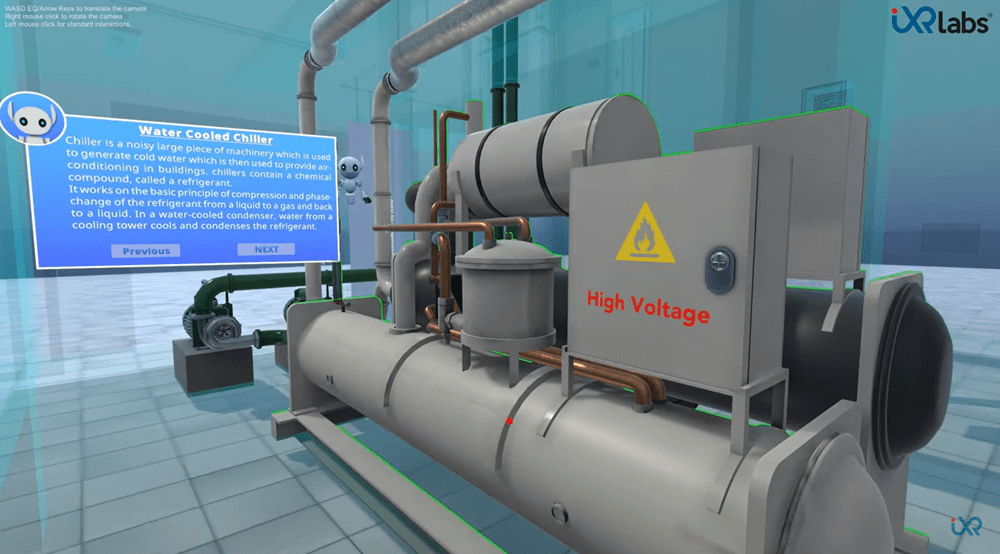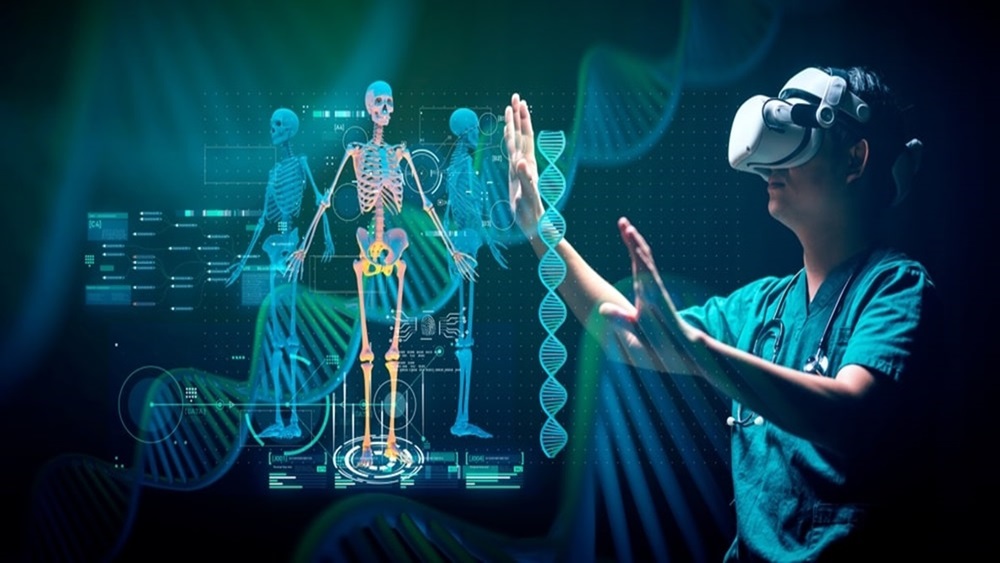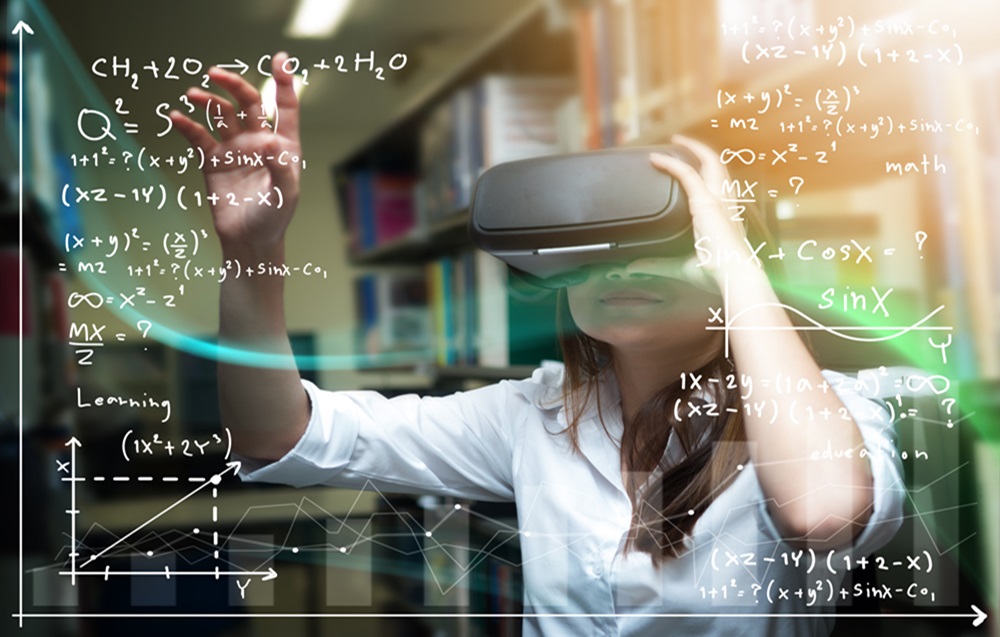How VR and AI Are Bridging Gaps in Higher Education
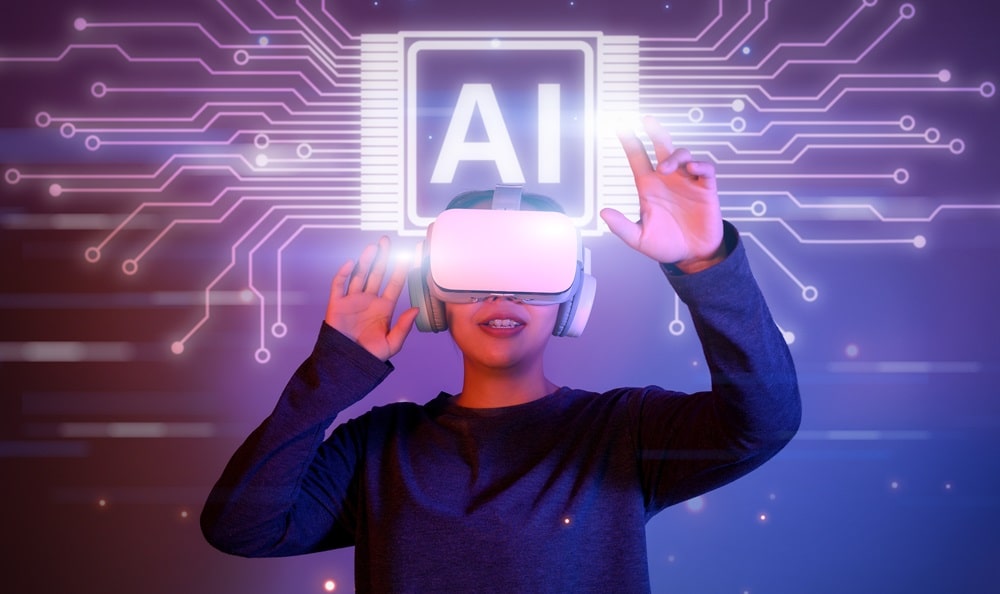
The education world had been waiting for this conversation for a long time. Cranbrook University was all set to organize a podcast between two stalwarts of the education domain.
While Mr. Kent believed that an amalgamation of AI and VR would prove to be a boon to the STEM disciplines, Mr. Parker was of the polar opposite opinion.
We'll look at both sides of the coin and then decide for ourselves.
Benefits of Artificial Intelligence And Virtual Reality In Education
Let us first look at the benefits that the combination of AI and VR has to offer to the STEM disciplines-
Enhanced Personalization:
AI can analyze individual learning styles and performance data to tailor educational content, while VR provides immersive experiences that adapt to these personalized pathways, allowing students to learn at their own pace and in ways that resonate with them.
A study from Saga University found that students learning in a VR environment exhibited a 15.5-point increase in brain activity compared to a mere 3-point increase in traditional settings, indicating a stronger emotional connection to the material.
This is a result of the hyperpersonalization that VR allows in educational fields. This can be enhanced with the help of methodologies like AI chatbots and I assistants, For instance, at the Georgia Institute of Technology, an AI teaching assistant named Jill Watson responded to around 10,000 student inquiries per semester with a 97% accuracy rate.
Immersive Learning Environments:
The integration of VR creates engaging, interactive learning spaces where students can explore complex concepts through simulations and real-world scenarios, making learning more tangible and memorable compared to traditional methods.
This is due to VR’s capability to immerse the student completely in the learning environment, aligning with the “Theories of Multiple Intelligences”.
This theory states that each student has a different learning style. In fact, 90% of educators in the US prefer teaching along the lines of Multiple Intelligence theory.
Immediate Feedback and Assessment:
AI-driven analytics can provide real-time feedback on student performance within VR environments, enabling learners to understand their mistakes and improve instantly, which enhances the overall learning process.
Accessibility and Scalability:
Together, AI and VR can break down geographical barriers by providing high-quality educational experiences to students regardless of their location, thus making education more accessible and scalable for diverse populations.
This is one of the crucial pillars of Education 4.0, which aims at making education accessible to everyone. We will now see the other side of the argument, as presented by Mr. Parker.
Are you ready to embrace the future of education? Join us in exploring the transformative potential of AI and VR in the classroom!
Drawbacks of The Combination Of AI and VR for Education
While the combination of VR and AI has countless benefits, some educators like Mr. Parler haven’t yet warmed up to the idea. These are the plausible reasons-
High Costs and Accessibility Issues:
The integration of VR and AI technologies often requires significant financial investment for hardware, software, and ongoing technical support.
This can exacerbate educational inequalities, as not all institutions can afford these advanced tools, leaving some students without access to enhanced learning experiences.
Fact-check:
According to a report from PWC, with 375 learners, VR training arrives at cost parity with classroom learning. VR training with 3,000 learners becomes 52% more cost effective than classroom training. At 1,950 learners, VR training is at par with e-learning at the cost.
The findings also show that VR training is cost-efficient, especially on a larger scale.
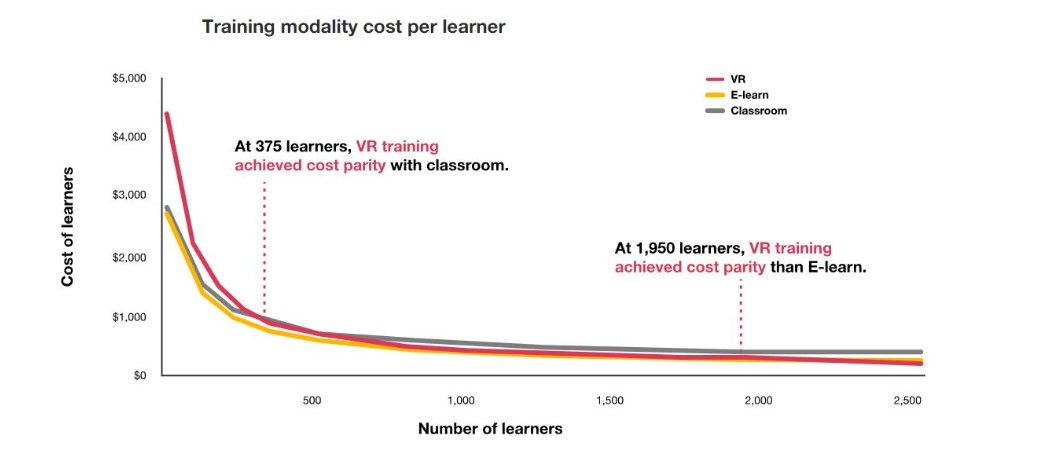
Graph Source: Virtualspeech.com
Lack of Human Interaction:
Relying heavily on artificial intelligence and virtual reality can reduce face-to-face interactions among students and teachers, which are crucial for developing interpersonal skills.
This isolation may hinder social development and the collaborative learning processes that traditional classrooms facilitate.
Fact-check:
Research indicates that VR allows students to practice social and emotional skills repeatedly in a judgment-free environment. This is particularly advantageous for students with social anxiety, as they can engage in realistic simulations without the fear of negative consequences.
Dependence on Technology and Learning Curve:
Students may become overly reliant on VR and AI in education for answers and feedback, potentially diminishing their critical thinking and problem-solving skills.
Additionally, both students and educators face a steep learning curve when adapting to new technologies, which can lead to frustration and hinder effective learning if not properly managed.
Fact check:
A study revealed that integrating AI tools in the classroom can significantly enhance critical thinking skills. Exactly 70% of educators reported that AI applications helped students engage in higher-order thinking and problem-solving activities.
So What’s The Verdict?
VR and AI in Education promise a future where education is not only more engaging but also tailored to meet the unique needs of each learner.
By fostering Personalized Learning with AI and VR, creating immersive environments, providing immediate feedback, and enhancing accessibility, these technologies together represent one of the most promising combinations for transforming education today.
As we move forward into this new era of learning, it is essential for educational institutions to invest in these technologies thoughtfully while addressing the associated challenges.
With careful implementation, AI and VR can indeed become the best combination ever in reshaping how we educate future generations.
Has any university implemented the same?
Let us take a look at some of the most prominent institutes of the world that have deployed AI and VR into their curricula-
Johns Hopkins University:
The Johns Hopkins School of Nursing employs VR training across all levels, from doctoral to prelicensure nursing. Their VR setup includes scenarios for critical care management and decision-making, utilizing AI to adapt to student interactions, which enhances the realism and effectiveness of medical training.
McMaster University:
McMaster University uses VR technology in its engineering programs to simulate real-world engineering challenges.
The integration of AI in student engagement helps assess student progress and adapt scenarios based on their learning styles, providing a tailored educational experience that enhances understanding and skill development.
Queen Mary University of London:
Queen Mary University has introduced VR lectures for medical students, allowing them to participate in immersive learning experiences within the metaverse.
AI is utilized to track student engagement and performance, providing insights that help educators refine course content and improve overall educational outcomes.
Future Trends of AI and VR in Education
What does the future have in store for this powerful duo? Let’s find out-
Customized Learning Experiences.
It is expected that AI will continue to be used to hyper-personalize education by identifying individual learning patterns and performances. This makes it possible to feed the students with suitable educational contents that change as the student evolves.
Today’s efforts, including adaptive learning platforms, are currently using these technologies to improve student engagement and success.
Immersive Assessment Methods
AI and VR are jointly transforming the assessment mode because it is easy to give an experience that challenges the higher level of thinking skills among the students.
For instance, in VR scenarios, actual life problems can be recreated to demonstrate the effects of decisions made by learners, and provide assessment that cannot be achieved by other techniques. Schools are seeking these methods in an effort to improve the system of assessment and evaluation.
Virtual Collaboration Environments
AI and VR as integrated combine the student and teacher’s interaction in virtual learning spaces. While many universities such as Stanford and Queen Mary University London incorporate immersive learning technologies for lectures and group projects, interaction with them is facilitated through AI-driven real-time support.
This trend is expected to continue and will enhance collaborative learning to be more effective.
Application of Generative AI in the Generation of Content
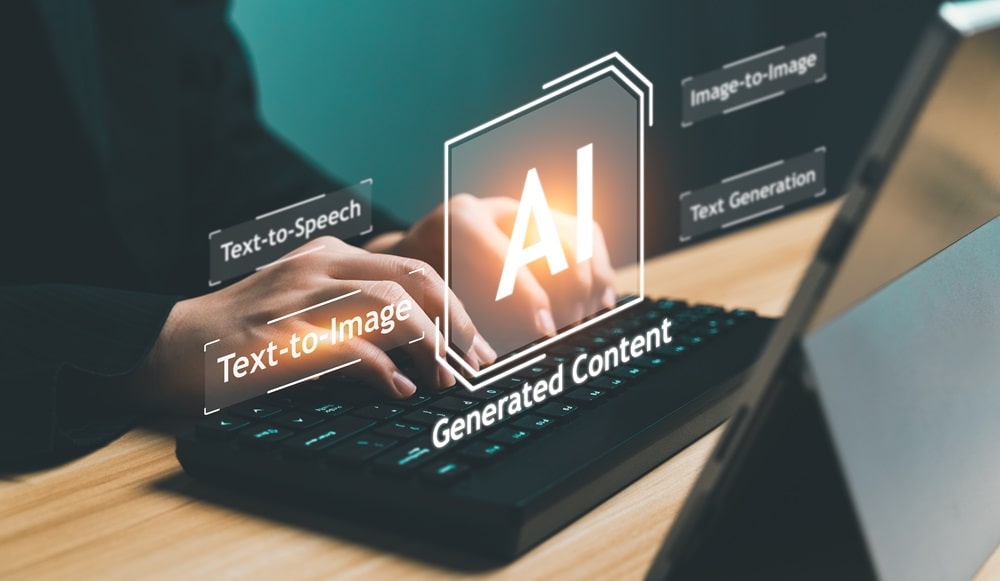
The future of generative AI will be to combine it with VR to allow for the dynamic creation of scenarios within the learning environments. This technology can generate simulations as a result of student input in order to improve interaction and learning.
These capabilities are at this very moment still being tested by institutions in order to create more engaging and pertinent content.
More Accessible and a Question of Scale
Combined, AI and VR will make it possible for a large number of learners to access quality education that has been restricted by geographical proximity.
Recent immersive learning technologies including the establishment of virtual campuses by many edtech firms seek to ensure that students across the globe have unfettered access to learning resources and experiences, in real time.
Final words
Educators can adopt a balanced approach that includes structured training and gradual implementation. By virtue of this, the learners can harness the power of technology to get optimal learning outcomes. Ultimately, the goal is to empower students to become independent thinkers and problem solvers, equipped with the skills necessary for success in an increasingly digital world.


